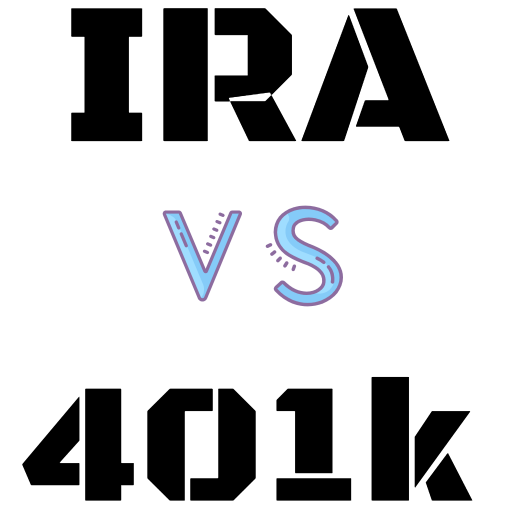
A Savings Incentive Match Plan for Employees IRA, or SIMPLE IRA for short, is a retirement plan designed for small businesses with 100 or fewer employees. Though a SIMPLE IRA is an easier and less expensive plan for employers to set up than a traditional 401(k) plan, the amount a worker can save in a SIMPLE IRA is less than a 401(k), too.
2019 SIMPLE IRA Contribution Limits
For 2019, the annual contribution limit for SIMPLE IRAs was bumped up to $13,000. Workers age 50 or older can make additional catch-up contributions of $3,000, for a total of $16,000. By comparison, workers younger than 50 can salt away as much as $19,000 in a traditional 401(k) for 2019, plus another $6,000 if they’re 50-plus.
Employee contributions to a SIMPLE IRA are made on a pretax basis, which lowers taxable income. The invested money grows tax-sheltered until you withdraw it, at which time the distributions will be taxed as ordinary income. If you pull money out before age 59 1/2, you face a 10% early-withdrawal penalty on top of taxes. The withdrawal penalty increases to 25% for SIMPLE IRAs if money is pulled out within two years of signing up for the plan.
Unlike some other retirement plans, a SIMPLE IRA doesn’t offer a Roth option, which would allow workers to invest after-tax dollars in the plan and not to be taxed on withdrawals later in retirement.
Employer Contributions to SIMPLE IRAs
Good news for workers participating in a SIMPLE IRA: Employers must make some form of a contribution to employees’ accounts. An employer can choose to either make a dollar-for-dollar match of up to 3% of a worker’s pay or contribute a flat 2% of compensation, whether the employee contributes or not.
Most employers choose the dollar-for-dollar match of up to 3%, says Ronald Oldano, a certified financial planner and private wealth adviser in Orlando, Fla. However, if an employer has a bad year financially, there’s some wiggle room to lower the employer match to 1% or 2% for two years of a rolling five-year period. For example, a company just starting a SIMPLE IRA can elect to match 1% or 2% of each employee’s salary for the first two calendar years of the plan, but then must ramp up its match to 3% for the next three years. Once that five-year period is over, the employer can again lower its matching contribution.
If your employer is like most and matches dollar-for-dollar up to 3% of pay, make sure you’re contributing at least enough to qualify for the full match.
Also, remember to pick your investments wisely. SIMPLE IRAs can hold a basket of investments, from stocks and bonds to mutual funds and exchange-traded funds. The best investment is one that fits your long-term goals at the right price.
How SIMPLE IRA Savers Can Build a Bigger Nest Egg
If you’re already stashing away the maximum contribution allowed in your SIMPLE IRA — $13,000 for employees younger than 50 or $16,000 for 50-plus workers — but want to save even more for retirement, consider opening a separate traditional IRA or Roth IRA, suggests Clark Randall, a certified financial planner and founder of Financial Enlightenment, in Dallas.
For 2019, individuals younger than 50 can contribute up to $6,000 to a traditional IRA or Roth IRA. Retirement savers age 50 and up can make an additional $1,000 catch-up contribution. Roth IRAs have income limits. The maximum amount you can contribute to a Roth IRA for 2019 begins to phase out once modified adjusted gross income hits $122,000 for singles ($193,000 if married filing jointly). There’s no tax deduction for Roth IRA contributions. Contributions to a traditional IRA for 2019 are fully tax-deductible for singles and couples as long as one spouse doesn’t have a retirement plan through work. If one spouse is covered by a work plan, joint filers must earn $193,000 or less to claim the full tax deduction.
